Chef Rebecca Tip!! - January
January 12th, 2021
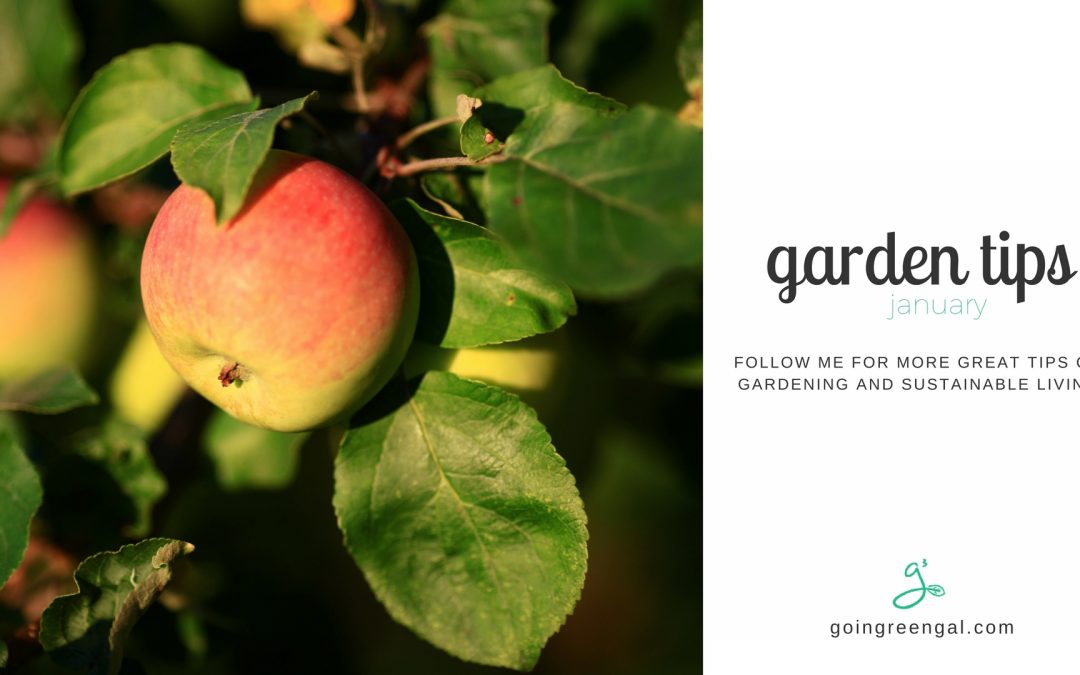

Fruit tree pruning is best done in January and February. Prune off dead or damaged branches. Open up the tree’s canopy by removing crossing branches. After pruning, apply a dormant oil spray to ward off scale, mealy bugs, whiteflies and mites. Pruning should be completed by the end of February before buds begin to open. Call our Hotline for information regarding the Pruning Fruit and Nut Tree pamphlet.

Fire proofing the area within the first 30 feet of your home can mean the difference of saving or losing your home. Never plant pines, junipers, eucalyptus or greasewood trees within this zone – they are high in oils and resins and are extremely flammable. Keep brush and small braches trimmed away from structures. Small plants, no taller than 18 inches and fire resistant groundcovers are recommended. For more information on fire proof landscaping and an extensive list of plants, go to: www.bewaterwise.com/fire02.html

Moss and algae in the lawn is usually caused by neglect. It may be due to poor drainage, too much water, soil compaction, restriction of airflow, too much thatch, or a soil imbalance. Reduce watering, dethatch, reduce compaction by aerating, perform a soils test – pH should have an acidity range between 6-7. An application of fertilizer will with help with moss, whereas algae needs a reduction of fertility.

Frost-protect sensitive plants by keeping soil moist and cover plants with a blanket or cloth during night of freeze warnings. If possible move potted plants under eaves, preferably on the east or south side of the house.

Move houseplants to a bright, sunny location. Clean foliage by washing sturdy leaves with a moist cloth or rinse the entire plant under a tepid shower. Dust fealty leaves and succulents with a soft brush.

For our complete list of January Gardening Tips, click on: http://www.mastergardeners.org/tips/january.html
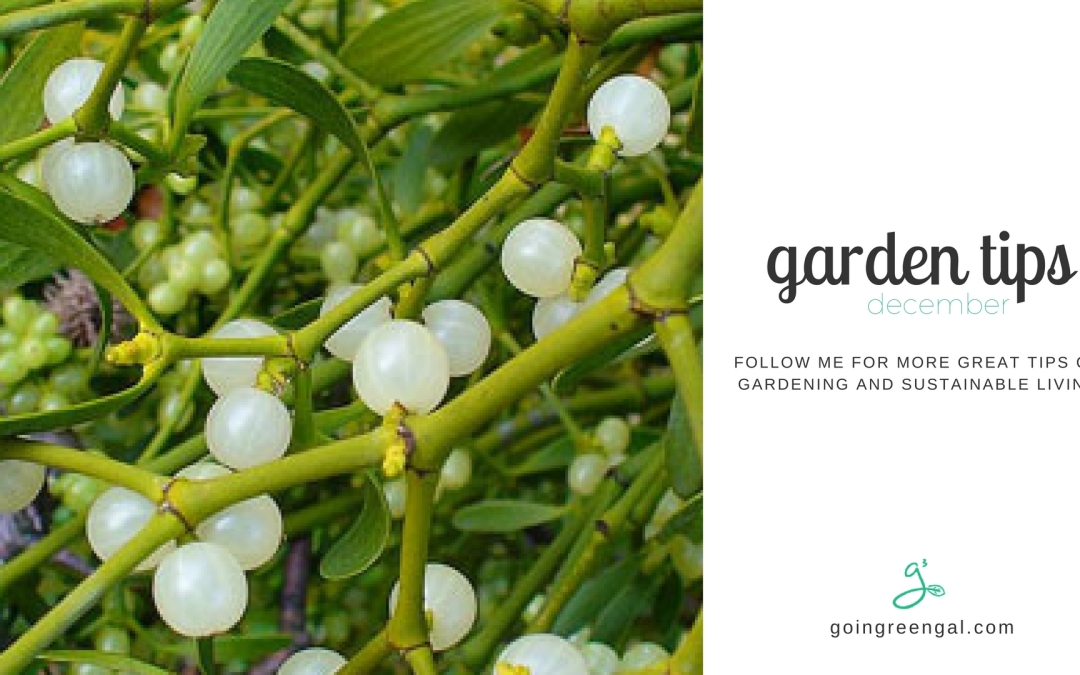
Beware of poisonous plants, such as Poinsettia and Mistletoe, they can be harmful to both humans and pets. Don’t be afraid to enjoy them for the holidays, just keep them out of reach from children and those curious dogs and cats.
Protect plants from frost by placing stakes around tender plants and covering with clear plastic or fabric such as a sheet or old blanket. Don’t let the plastic touch the foliage. Wrap larger plants with strings of small Christmas tree lights and cover with a sheet. Turn the lights on at night. If plants are potted, move them to a sheltered area such as a porch, under the eves on the south side of the house or even under a tree. Be sure to uncover them during the day. Moving them indoors to a cool room would also be good, if possible. Don’t prune frost damage on a plant until new growth starts in spring. The dead material helps protect the plant from further damage.
Clean garden beds in preparation for winter. Many insects and diseases over-winter in fallen debris. Prune diseased leaves from roses, camellias, rhododendrons and azaleas. Leave leaf litter under oaks, pine and junipers; the leaf duff helps protect the roots.
Winter watering is important if there has been no rain for a week or two. Use a moisture meter or a shovel to dig into the soil (at least 6 inches below the surface) to see if the soil has dried out. This is especially important for recently installed plantings.
Prune apple trees that have weak or unproductive branches. Apple trees produce fruit terminally on spurs located on wood 2-8 years old. Pruning allows sunlight into the tree to encourage good spur development.
Prune blackberries as soon as harvest is complete. Remove all wood that has produced the current year’s crop, and trellis remaining large branches immediately; a fan shape is recommended. Tipping (removing the end of the canes) will promote larger berries and help keep the plant more manageable.
Harvest kiwis when they are still hard, then let them soften at room temperature. Watch the vines for signs of ripeness; a few fruit will turn soft and the skin color will change from greenish to full brown. Fruit can be left on the vine after the leaves fall off. Kiwis can be stored in the refrigerator for up to 4 months or at room temperature for about 2 weeks.
Peppertree pysllid are greenish or tan pear shaped pests that cause damage to California peppertrees. Tiny, translucent, white eggs turn into orangish nymphs that feed on new plant growth. Leaves will appear wrinkled or twisted. The pest rarely does serious damage to the tree, so control methods aren’t usually necessary.
Mistletoe is a parasitic plant that reduces the vigor and health of its host tree. Cut off any affected limb 18” or more below the mistletoe attachment. If this isn’t possible, remove the mistletoe and wrap the infected area with black plastic to prevent re-sprouting.
For our complete list of December Gardening Tips, click on: http://www.mastergardeners.org/tips/december.html
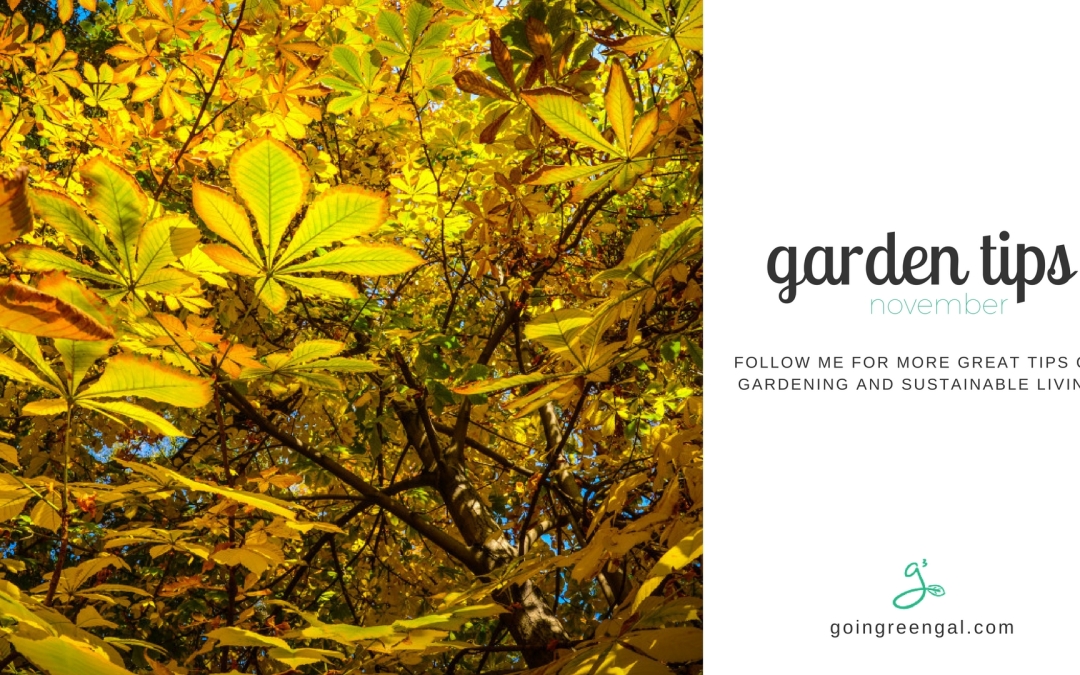
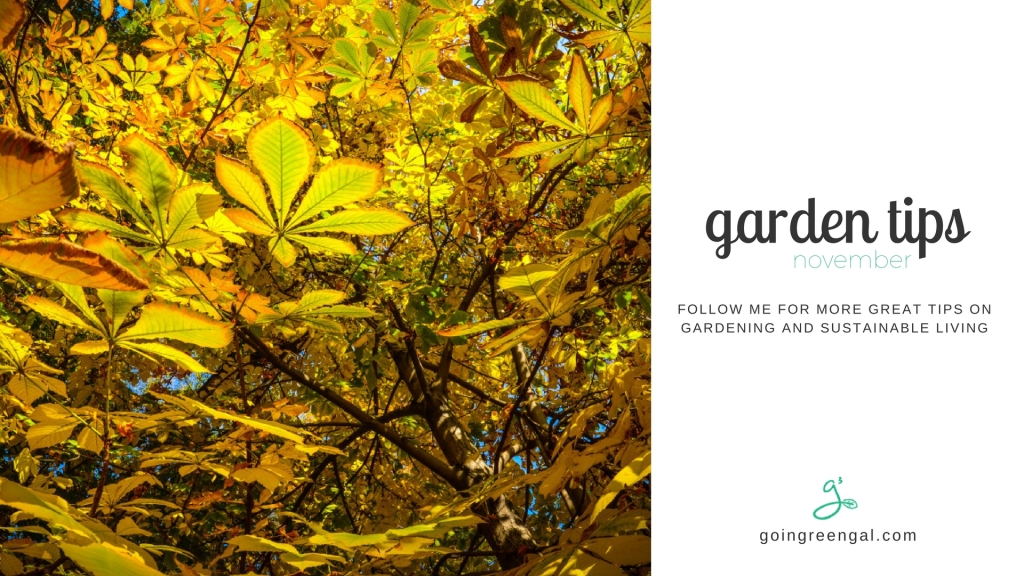
Control ants by caulking cracks and other points of entry to your home. Ant baits can be effective; ants are attracted to the bait and then carry a small portion back to the nest where it will kill the colony. Boric acid and Fipronil baits are most effective.
Stylar end rot usually effects Persian limes but can affect other limes and lemons as well. Depressed areas will appear leathery and dry. You will notice a sunken patch at the stylar tip (end) of the fruit that will start out looking like a water-soaked, whitish area. It can cover ¼ to ½ of the fruit. Inside tissue will become pinkish or brown. You can pick fruit before it fully matures to cut losses. Extremely high temperature can bring it on.
Powdery Mildew on apple trees appears as a powdery white substance on leaves and shoots. New growth can be distorted and/or stunted. 
Termites are small white, tan or black insects that can cause severe destruction to wooden structures. Signs of infestation include swarming of winged forms in fall and spring and evidence of tunneling in the wood. Complete inspection and control may require trained professionals. For detailed information, go to: www.ipm.ucdavis.edu/PMG/PESTNOTES/pn7415.html.
Fall is time to replace worn out plants and shrubs. Larger plants such as perennials and shrubs put down their roots in the winter when temperatures are mild and rain water is available. Newly planted shrubs will need supplemental summer watering during their first few years.
Plant bulbs now for a beautiful spring show. Plant bulbs in well-draining soil. For each bulb, dig a hole three inches deep, mix a tablespoon of fertilizer (high in phosphorus and potassium) in the bottom of each hole, then place the bulb (stem side up) and cover with soil. Thoroughly soak the area after planting.
For our complete list of November Gardening Tips, click on: http://www.mastergardeners.org/tips/november.html
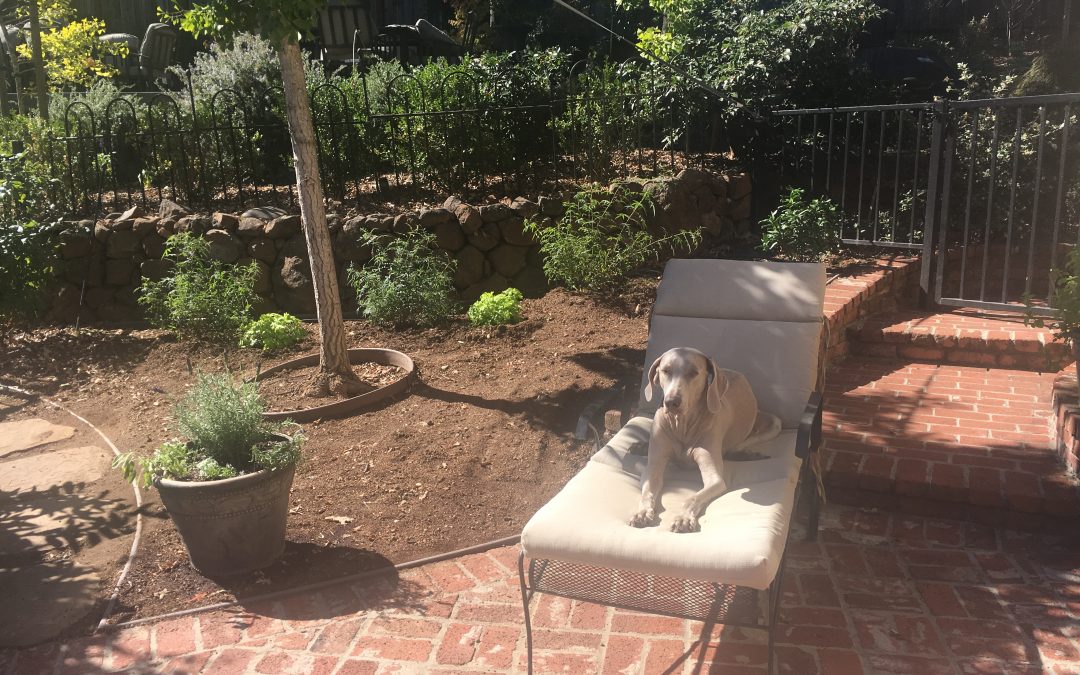

Cooper’s Space
Do you own a dog? If so, you probably have a designated outdoor space where your pet can relieve itself.
Our dog, Cooper, is very much loved and VERY spoiled. Not only does she have a special outdoor space; she has her own lounge chair. Her outdoor area offers both sun and shade, and she has full run of our home, with doggie beds in almost every room!
So, as I said, we DO love her, and we carefully pick up and dispose of her poop. However, her outdoor area has started to smell bad, and I am determined to see if I can fix that.
I’ve reached out to several Master Gardeners, done a fair bit of online research and talked to a couple of our local nurseries to see if plants can make a difference. Below are recommended options for pet owners to try.
Flowers: Phlox prefers sun but will tolerate a bit of shade; the plants are quite fragrant and come in white, pink, salmon, purple, red and bi-colored. Dianthus is low-growing, likes full sun and thrives either in containers or in the ground. It has a spicy vanilla-like scent. Try ‘Fruit Punch Sweetie Pie’ (pink) or ‘Itsaul White’. Stock is quite fragrant, can grow in part shade or sun and is available in many shades of pink, purple and white.
Shrubs for full sun: Roses are good choices. ‘Mr. Lincoln’ is scarlet-red with an incredible scent, and ‘Princess Charlene de Monaco’ has double light-apricot to pink flowers. Buddleia (Butterfly bush) will attract butterflies to your garden from mid-summer to mid-fall; try ‘Blue Chip’ (purple) or Miss Ruby (magenta). Peonies are shrubby perennials that go completely dormant in winter, but the gorgeous spring flowers and enticing fragrance make it well worth trying. Good choices are ‘Festiva Maxima’ (pure white blooms with crimson flecks), ‘Sarah Bernhardt’ (medium pink double blooms) and ‘Shirley Temple’ (soft pink to ivory white).
Shrubs for part sun: Viburnum is a tough spring-blooming plant with a distinctive spicy scent. Check out ‘Spice Girl’ (pink),’Fragrant Snowball’ (white) or ‘Spice Baby’ (white). Daylilies grow in full sun to part shade, but only a few are known for their pleasing aromas — ‘Savanna Debutante’ (apricot-yellow), ‘Hyperion’ (lemon yellow) and ‘Chance Encounter’ (rose/mauve).
Tree: Crabapples like full sun, have showy flowers in the spring and provide fruit that birds absolutely love; try ‘Prairiefire’ (vibrant pinkish-red buds) or ‘Royal Raindrops’ (magenta flowers with deep purple foliage).
Trailing option for containers or rock gardens: Sweet Alyssum works in full sun to part shade. Consider ‘Snow Princess’ (white) or ‘Dark Knight’ (deep purple).
Vines: ‘Scentsation’ honeysuckles prefer sun and are extremely prolific and fragrant. Birds and butterflies love this variety. ‘Sweet Autumn’ clematis blooms from late summer to fall and has an intoxicating aroma; butterflies and pollinators love its dainty, white star-shaped flowers. Plant in sun to part shade.
Of course, many herbs provide a fabulous scent as well as culinary delights. Options include lavender, rosemary, sage, lemon balm, marjoram, thyme, catmint and mint.
Most of the above options can be grown in containers — a great idea since most plants won’t survive (much less thrive) with the heavy concentration of nitrogen found in animal urine.
Even if you don’t own a pet, the recommended plants will not only brighten your landscape but entice you into the garden with their tantalizing scents! Think about using them near an outdoor dining area, gazebo, hammock or other area where you like to spend time. You’ll be able to take plenty of time out to smell way more than just the roses.
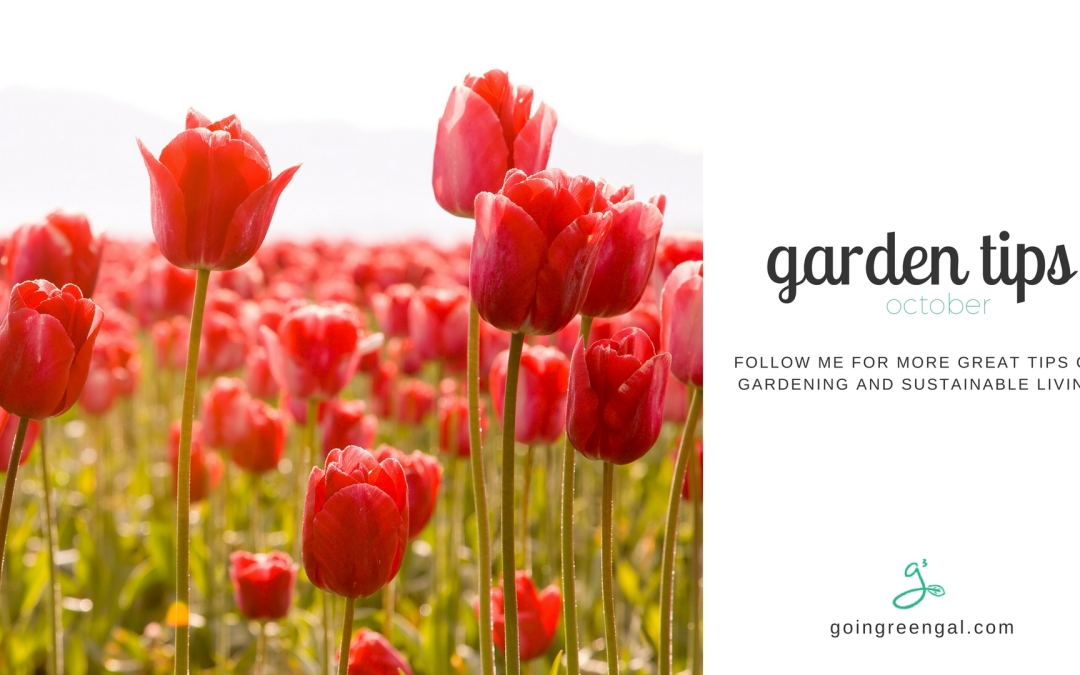

Clean garden beds in preparation for winter. Many insects and diseases over-winter in fallen debris. Prune diseased leaves from roses, camellias, rhododendrons and azaleas. Leave leaf litter under oaks, pine and junipers; the leaf duff helps protect the roots.
Add a mulch layer to existing garden beds to provide needed nutrients for next year’s crops. However, don’t practice wall-to-wall mulching – it’s important to leave areas of exposed native soil for our ground-nesting bees.
Trim perennials such as salvias, penstemons, yarrow and buddleia (butterfly bush) to half or a third their existing size to stimulate healthy new growth in the spring.
Harvest persimmons by cutting versus pulling the fruit off to avoid damaging the tree. Harvest Fuyu persimmons when firm and crisp; wait to harvest the Hachiya variety until fruit is soft. Persimmon trees grow to about 25’ tall and wide, making it a nicely contained choice for a landscape tree.
Chill tulip bulbs now in order to plant before the first frost. Tulip bulbs need approximately 6-8 weeks of chilling time before planting (place them in the refrigerator, not the freezer). Avoid storing your bulbs near apples. Apples emit ethylene gas which will cause the bulbs to sprout prematurely.
Sow native wildflowers; poppies, clarkias, lupines and blue-eyed Marys are easy to start from seed. Plant just before the winter rains start to prevent the need for manual watering.
Take inventory of your yard and landscape. This is a great time to remove and replace woody, tired-looking annuals, perennials and shrubs. Planting now will allow you to take advantage of fall and winter rains. For water-wise options, choose plants that do well in a Mediterranean climate – look for ones native to California, Australia and/or South Africa.
For our complete list of October Gardening Tips, click on: http://www.mastergardeners.org/tips/october.html
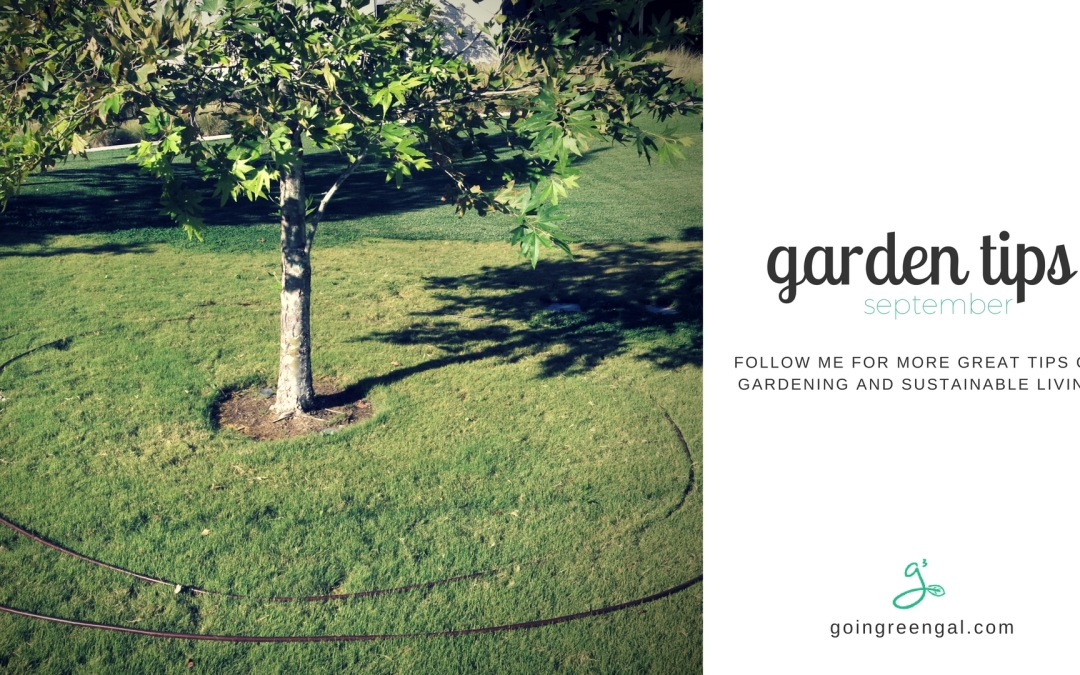

Bitter pit in apples is a common problem that shows up as small dark, bruise-like spots near the end of the apple. This condition is caused by a lack of calcium uptake by the fruit. To keep it under control, mix one tablespoon of calcium nitrate in one gallon of water and spray the leaves of tree. This should be done in early spring just after bloom.
Winter squash is ready to harvest when the stem begins to shrivel. Pick just before the first frost; cure by letting it sit in the sun for at least 3 days, and turn daily. Squash will keep for up to 5 months if stored in a cool dry place.
Mosaic Virus on squash and cucumber plants is spread by aphids and cucumber beetles. The disease causes leaves to become rough and mottled. Plants can be stunted and fruit can turn whitish. It’s best to remove and discard diseased plants; do not add them to your compost pile.
Leave grass clippings on the lawn when you mow. They provide nitrogen and help retain moisture. Try to mow your lawn frequently. Cutting more than 1/3 of the height off of your lawn at any one time stresses the lawn. This will leave it more vulnerable to pests and disease.
Deep water trees twice during the summer, even when they are planted in the lawn. Use a soaker or drip hose around the drip line of the tree; let it drip slowly for 2 to 3 hours. Mature fruit trees should be watered every 3 to 4 weeks; young fruit trees need to be watered every 2 weeks. Some mature ornamental or street trees may not need any water, but check the variety to be sure.
Yellowing gardenia leaves is generally caused by chlorosis – a lack of iron in the soil. With a mild case, the veins remain green; with a more severe case, they turn completely yellow. Treat the soil with iron chelate in accordance to the package directions.
Leafcutter bees cut smooth, round or oval holes in plant leaves, especially roses. They use the leaf fragments to line each brood cell of their underground hives in order to store nectar and pollen. Each cell is then sealed with a single egg inside. Larva pupates in the chamber and then emerges in spring. A leafcutter bee is considered a beneficial insect.
For our complete list of September Gardening Tips, click on: http://www.mastergardeners.org/tips/september.html